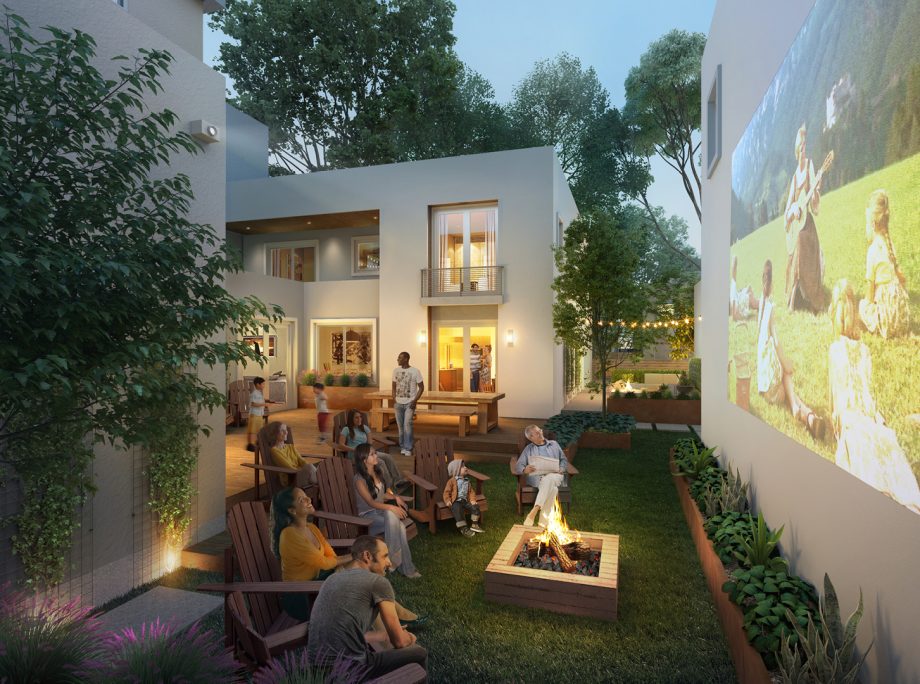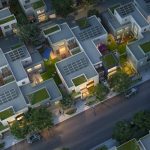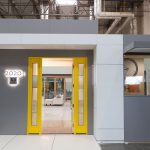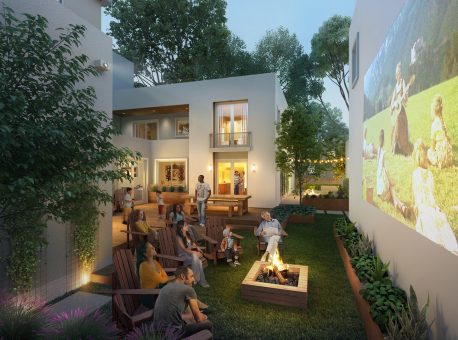Bill Ramsey – Innovation in ADUs
NAHB 55+ Housing Online Magazine
January 27, 2020
The number of Americans retiring daily has nearly doubled since the year 2000. And, with nearly 10,000 seniors a day turning 65, affordability in desirable suburban markets with proximity to employment cores, transportation and entertainment is at an all-time low. States such as California, which recently streamlined its approach to accessory dwelling units (ADUs), are looking to inspire other states to embrace ADUs as a possible housing solution.
ADUs were for a long time thought of as an opportunity for single-family homeowners to add a secondary unit on their existing property. homeowners could go through the permitting process, spend time and money to add a small structure to their property, and in the end, may or may not see a return on their investment. But as the population ages and new land for development is both limited and expensive, these structures are presenting an opportunity to develop new communities that inherently provide affordability and social connectedness.
This shift in thinking can be seen in northern California with nearly 20% of KTGY’s Bay Area clients embracing ADUs. This allows for increased site densities and, in return, the creation of affordability through design. Where once the proposed addition of a bedroom suite with a kitchenette was questioned by city planning staff, it is now embraced. This shift has sparked discussions on how we, as planners and architects, can incorporate unique designs that allow for multigenerational living, aging in place, income-producing properties and community diversity.
Although ADUs are not new, they are now being considered at the beginning of the design and development process of new residential units. however, the acceptance of ADUs needs to first start with cities and counties. Once their view on ADUs shifts, architects and developers can begin to provide solutions.
KTGY partnered with KB home in 2018 to develop and build BUILDER KB home ProjeKt in Summerlin, Nevada. The design features shared community garages and a flexible floor plan that includes a second unit with a separate entrance. This not only offers buyers rental income opportunities, but also the ability to age in place. The secondary unit can be utilized by a caretaker or allow the homeowner to downsize into the smaller unit and utilize the larger, primary unit as a rental property.
ADUs also increase the diversity of a community and can serve to create dynamic multigenerational enclaves. KTGY’s R+D Studio explored this solution with its concept ensemble. This multigenerational community concept provides options for duets or quartets arranged around a shared courtyard. While this solution addresses affordability and flexibility, it also addresses the growing issue of social isolation in the senior population. Creating solutions that encourage social interaction and keep seniors integrated into the community are key to promoting an improved quality of life and longevity among seniors.
ADUs provide opportunities for developers looking to increase a site’s density while maintaining the character of the established community. This is particularly true for cities that have experienced a job boom, such as San Francisco, Los Angeles, Seattle and Denver, which has resulted in seniors being priced out of the community they have lived in for decades.
As architects and planners, we are called on to create innovative solutions for the built environment. Utilizing ADUs to provide affordable housing options provide seniors with the ability to downsize and retire, while maintaining access to family and friends as well as the banks, grocers and coffee shops they have always frequented. According to a 2018 study conducted by the Mather Institute, “Gossip played a key role in keeping these older adults socially engaged.” having access to the community amenities these seniors are familiar with is key to maintaining a healthy, connected and active lifestyle.
KTGY is working with a client to deliver a community that exemplifies this approach. The design proposes ADUs incorporated on each lot with individual entrances and a direct access parking space, increasing the density of the site and providing affordability by design. Built into a single-family neighborhood, this new development provides the opportunity to establish a thriving multigenerational community with inherent affordability.
No longer the “granny flat” of yesterday, ADUs and the opportunities they provide should be embraced not only by architects, planners and developers, but by the cities and communities that need them most. By allowing more ADUs to be approved, cities have a viable housing solution that increases housing density between 50% and 100%, encourages multigenerational living and aging in place, and fosters a sense of community, diversity and well-being.




